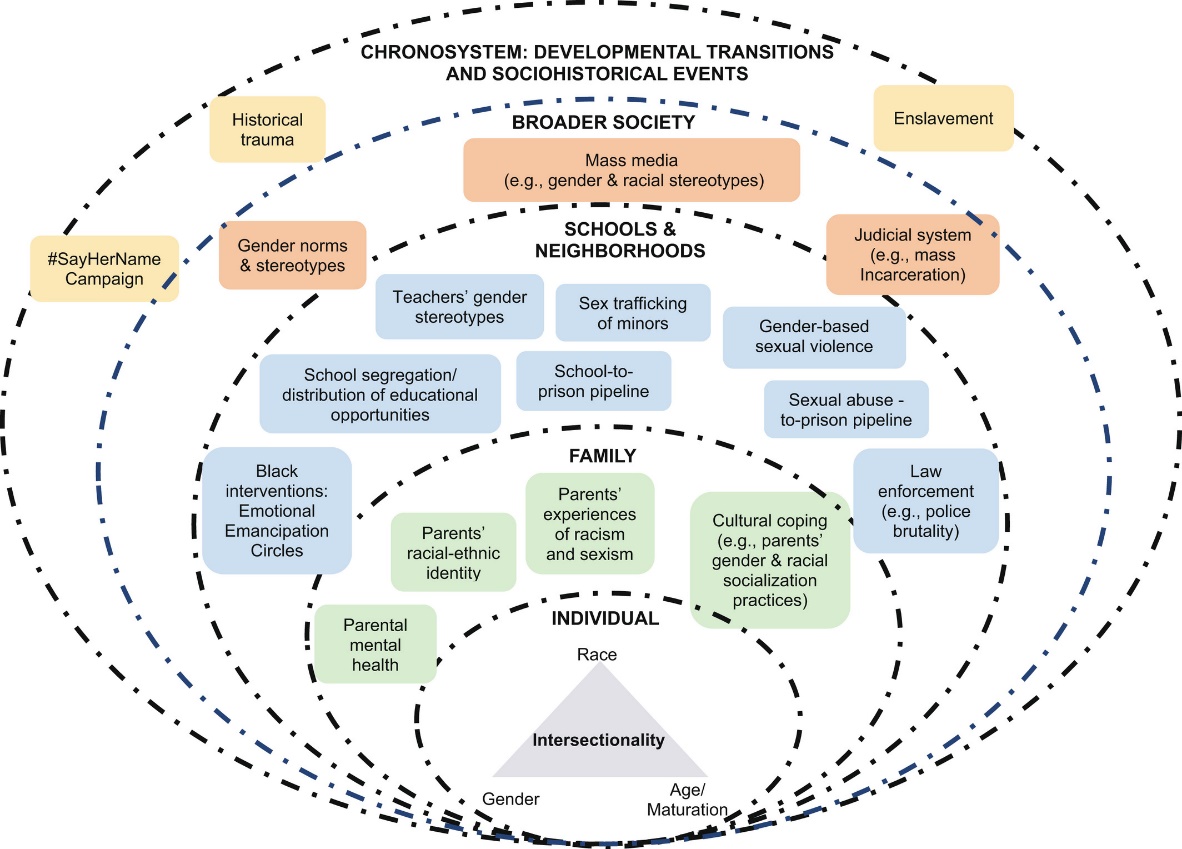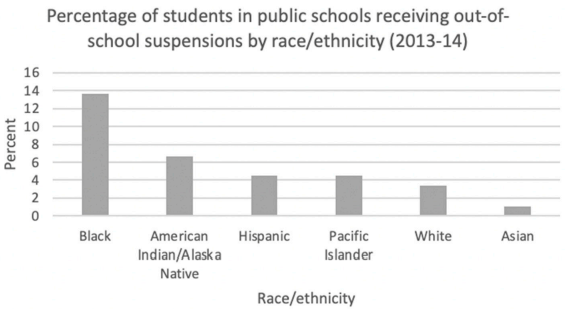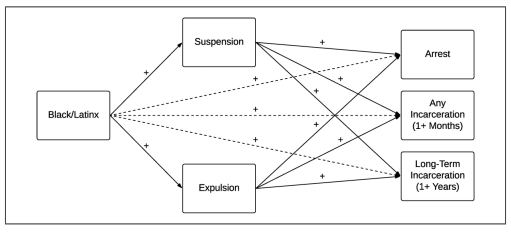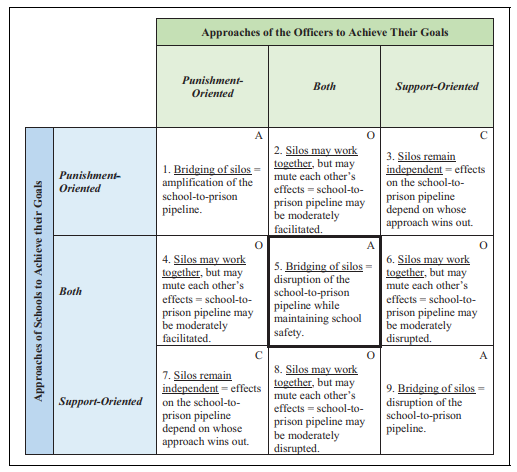Introduction
The school-to-prison pipeline is a pressing issue in which many children are discriminated against for being part of the Black, Indigenous, and People of Color (BIPOC) communities. Inequality and disempowerment of these groups can reinforce social stratification and encourage many people to act unethically. A critical study of this issue can help eradicate systemic racism. The school-to-prison pipeline reveals the pressing problems of children interacting with educational institutions that mistreat them.
Educational Establishments
Educational institutions are called upon to fight against the injustice and racism that can still exist in society. However, in some cases, the opposite effect occurs, causing the suffering of children who belong to racial minorities and cannot receive complete care and educational opportunities. BIPOC students are more likely to be subjected to punitive measures by educational institutions, which show discriminatory practices and do not affect the situation (Hawash 10). Thus, disciplinary practice can ignore essential aspects of parenting and focus on the problems of people of color. The ingrained bias in educational institutions stems from historical practices of discrimination that have been implemented in schools and universities for a long time.

A child’s social behavior is influenced by several factors that can shape their worldview and how they react to certain events in life. The infographic in Figure 1 shows what social factors surround the individual. Educational institutions can exacerbate societal pressure and marginalization because people in the BIPOC group are different (Galán et al. 584). Thus, it can negatively affect how people adapt to the conditions of the world around them and how easily they can interact with their peers and elders. The practice of frequent and harsher punishments can lead people to perceive society as a hostile environment that is set against them. This will create significant social tensions that cannot be quickly resolved.
The Social Justice System

Social justice can be misleading for many people who belong to BIPOC communities. This practice continues the attitude these people receive in educational institutions. The aggravation of relations between the school and the prison is also because educational institutions cooperate with law enforcement agencies. It also affects how many children are detained out of school and how this affects their educational and life opportunities. As shown in Figure 2, the majority of arrests are made by blacks, which indicates that law enforcement agencies pay more attention to this category of the population (Morgan 2). Thus, it can be said that the path from school to prison is paved in part by the efforts of law enforcement agencies who continue to pay attention to race.
Academic and Career Opportunities

When persons from different racial groups fall under the suspicion of law enforcement agencies, they subsequently lead to the development of events that have negative consequences for them. Once suspected, they may continue to be monitored due to bias that prevents them from developing and gaining career opportunities (Welch et al. 586). In addition, as shown in Figure 3, different racial groups may be further prosecuted, and the variability in how they are prosecuted is wide. This approach interferes with normal academic development, as it distracts students from their primary tasks during training, leading to decreased productivity. BIPOC students may be exposed to moral trauma as a result of unfair and biased prosecution in the past.
Interventions for Disruption and Social Change

The current model in educational institutions is a significant obstacle that must be overcome to provide all students with equal opportunities and conditions for receiving education. In most cases, as shown in Figure 4, law enforcement can use all punitive strategies to punish BIPOC students. This ineffective approach leaves students feeling inferior, leading to social disruption and preventing them from achieving success (Brown et al. 412).
Eliminating such a system could improve students’ overall well-being by giving them more opportunities for later adult life. Introducing restorative justice practices in schools is one of the effective ways that could influence the current situation (Henry et al. 1256). This practice should focus on making amends for the damage done to the disciples. In this way, restoring their reputation and allowing them to develop more freely in further directions will be possible.
Conclusion
The problem of the school-to-prison pipeline for students of the BIPOC communities can result in disadvantageous consequences that limit them from developing further in their professional lives. Thus, this problem is a severe threat that can interfere with people’s academic performance. In addition, the cooperation of educational institutions with law enforcement agencies exacerbates the situation by not providing any recovery opportunities. Implementing such a program to restore justice for students can allow them to feel more comfortable in schools in the future, restoring their reputation after proving innocence and false suspicions.
Works Cited
Brown, Samantha J., et al. “Education versus punishment? Silo effects and the school-to-prison pipeline.” Journal of Research in Crime and Delinquency, vol. 57, no. 4. 2020, pp.403-443. Web.
Galán, Chardée A., et al. “An intersectional‐contextual approach to racial trauma exposure risk and coping among black youth.” Journal of Research on Adolescence, vol. 32, no. 2. 2022, pp. 583-595. Web.
Hawash, Sarra M. Punitive Versus Rehabilitative Educational and Prison Systems: An In-depth Comparison and Analysis of the School-to-prison Pipeline. Oregon State University, 2021. Web.
Henry, Kade-Ann K., et al. “Ending the school-to-prison pipeline: Perception and experience with zero-tolerance policies and interventions to address racial inequality.” Behavior Analysis in Practice, vol. 15, no. 4. 2021, pp. 1254-1263. Web.
Morgan, Hani. “Restorative justice and the school-to-prison pipeline: A review of existing literature.” Education Sciences, vol. 11, no. 4. 2021, pp. 1-10. Web.
Welch, Kelly, et al. “Cumulative racial and ethnic disparities along the school-to-prison pipeline.” Journal of Research in Crime and Delinquency, vol. 59, no. 5. 2022, pp. 574-626. Web.